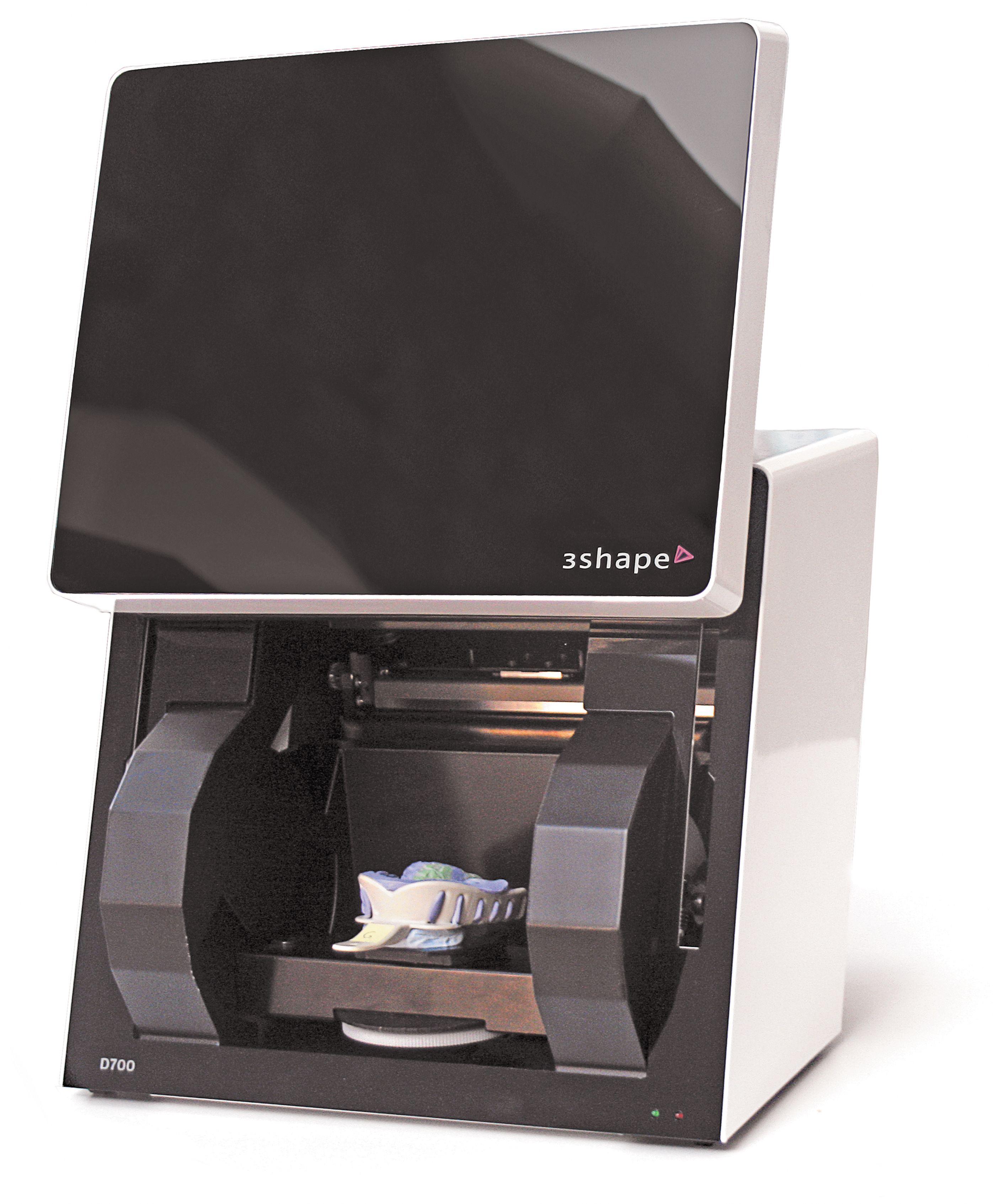Innovator Profile: Whip Mix
Innovation drives our profession and DLP wants to recognize the companies at the forefront. In this Innovator Profile, DLP spoke with Bernie Jarslow, CDT, Laboratory Product Manager for Whip Mix Corporation.
Innovation drives our profession and DLP wants to recognize the companies at the forefront. In this Innovator Profile, DLP spoke with Bernie Jarslow, CDT, Laboratory Product Manager for Whip Mix Corporation.
Trending Article: Avoiding injury with ergonomics
Q: Why would a lab want to get into 3D printing now?
A: I think most people who have embraced digital technology agree that 3D printing, an additive technology, is where manufacturing is headed in just about all manufacturing-based businesses. At this point in its evolution, 3D printing technology gives dentistry the ability to print very detailed and dimensionally accurate burnout patterns for pressing ceramics and casting. There are three or four different methods of building dental patterns. Whip Mix has done its research and determined that SLA (stereolithography) is an excellent way to accomplish that quickly and consistently. In addition to pattern printing, we have made a decision to go with 3D Systems model printers, so we can help our customers bridge the digital gap from scanned impression to final restoration.
Q: In what ways is 3D Printing advantageous to a lab?
A: Though experienced waxers may produce individual wax patterns faster than a printer can, the printer offers several advantages. First, there are economies of scale. A printer can print many patterns simultaneously. That varies by the size of the print platform. Second, printers eliminate the labor of waxing each individual unit by hand. Waxing technicians can be performing other tasks while the waxing is being done. Not only does that save on the cost of labor, it eliminates the problems sometimes associated with handmade patterns. Thin areas can be prevented, complex occlusal schemes can be easily replicated, and bridge connectors are consistently created the proper size. The final product is not only dimensionally accurate and detail-rich, but due to the number of accurate patterns it produces at once, it provides a higher productivity and profit-level for the business.
Q: Is the printing learning curve a challenging one?
A: That depends on the operator’s level of experience and comfort with all things digital. There are many printers and many CAD and CAM software programs available, each with its own learning curve. Some certainly are more challenging than others, but lately there has been more attention paid to ease-of-use. A good example of this is the new ProJet 1200 printer which is sold by Whip Mix. It is getting a lot of attention by labs because of its very small, bench-top size, mainly. But there is a lot more to it than that.
The CAM software is built into the printer and the lab can use it with an existing network through a LAN port or directly with a computer using a USB connection. It is really simple to set up. After you receive an .stl file from a scanner, design the patterns and send it to the printer software, it’s ready to print. The ProJet 1200 prints up to about 12 patterns at a time, depending on their sizes. It takes approximately an hour. The best part is that the printer itself costs only $4,900. That’s less than a porcelain furnace. Labs love that it is so affordable. Also, larger labs may decide to have several units so there’s redundancy. If something happens to a unit, there are always others to use instead. That saves on time, money and worry.
Click here to keep reading about how the printed material is easy to burnout and press.
E-Book: Simple and surprising ways to boost dental marketing ROI
Q: Is the printed material easy to burnout and press or cast?
A: In a word, yes. There is no question that resin materials have their own burnout requirements to ensure a complete and smooth surface result whether you are pressing or casting. Some investments just don’t do a good job, but after some research, Whip Mix found an ideal solution to any challenges a lab might face. That solution is a product called Formula 1. We have specific instructions for that investment so that it works perfectly with the ProJet 1200 material. Those instructions come with the printer, but can be found on Whip Mix’s website as well. What’s great about that investment is that you use the rapid burnout technique, which saves a lot of time and the end result is complete and smooth.
Featured Products

This high-performance, universal investment works equally well with wax or resin patterns for all cast alloys and pressable ceramics. Its expansion range enables the technician to achieve optimal fit using the rapid or standard burnout technique. The robust bimodal nature of FORMULA 1 strengthens molds and promotes easier devesting when working on more fragile materials such as all-ceramic restorations. Using only a 15-minute benchset and 30-minute burnout, FORMULA 1 reduces processing time and increases lab productivity.

Scannable UltiRock is an exceptionally creamy, hard premium stone for every type of gypsum application. Its smooth, non-reflective surface and high durability makes trimming full models, ditching dies and scanning easy and reliable. In addition, UltiRock has a silky smooth consistency while mixing and the stone’s flowability and precision enables it to reproduce minute detail.
3Shape Scanner

3Shape offers the market’s most flexible range of technology. 3Shape’s user-acclaimed Dental System™ is designed to support familiar workflows helping laboratories maintain their competitive edge. With new innovations, 3Shape has become the only CAD/CAM provider who brings solutions to labs enabling them to provide additional services and build relationships with their dentists. Regardless of your laboratory’s size, location, existing equipment and business strategies, Whip Mix can help you find a 3Shape solution that fits your needs.
This article originally appeared in the July/August 2014 issue of Dental Lab Products. For information on other lab techniques and upcoming products, subscribe to DLP's newsletter at bit.ly/dentallabenews.